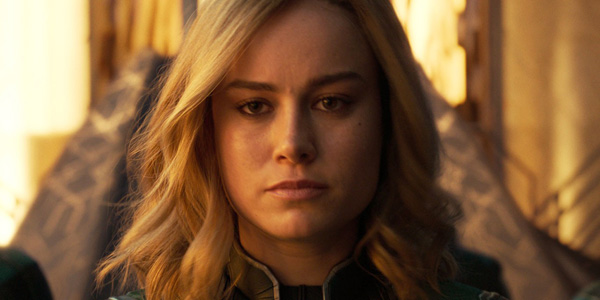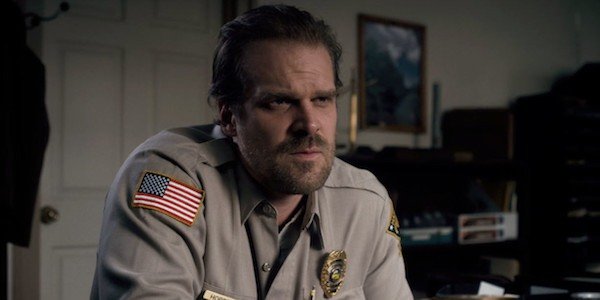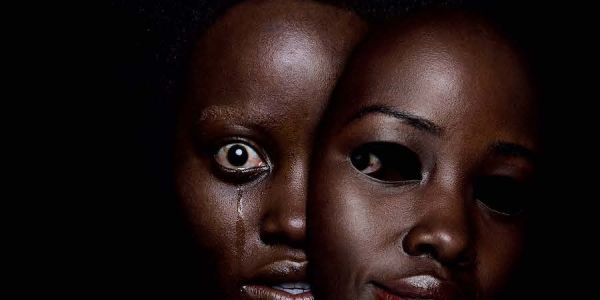
The world of online streaming services is about to change when Disney+ makes its debut later this year. The nearly 100 year old company has some of the most beloved films of all-time in its library, however, not all of them will be available when the service launches in November. Many of the studio's most recent hits can only be found on Netflix.
Back in 2016, Disney signed a deal with Netflix that gave the service first run streaming rights to all of Disney's theatrically released features from that point forward, as well as access to much of the studio's back catalog. As a result, many of the most popular movies currently on Netflix are Disney films. Such as those from Marvel, Pixar, and Lucasfilm
That deal officially ended at the close of 2018, meaning all new movies from Marvel, Star Wars, and Pixar starting this year will be debuting directly on Disney+ rather than going to Netflix first.
However, the fact that no new movies will be coming to Netflix doesn't impact the films that are already there, at least not yet. While Disney's back catalog films are handled on a case by case basis, and thus only Disney and Netflix know when those films might leave, when it comes to the recent releases, we know exactly how long those movies are hanging around.
So if you're not looking to subscribe to Disney+ any time soon, how much longer will you have these films available to watch on Netflix at all? Here's a breakdown of what's left, and when it's going.
Pixar
Cars 3: July 31, 2019
Coco: November 29, 2019
Incredibles 2: July 30, 2020
The first Pixar movie to be added to Netflix after the initial deal was signed was Finding Dory, which joined Netflix in February of 2017 and left Netflix in August 2018. The 18-month window has proven to be the period of time that all new movies have spent on the service. Disney has already stated that all Pixar movies, with the exception of Coco, Incredibles 2, and Toy Story 4, will be available on Disney+ on day one, November 12, 2019.
Based on the dates above, you can see why that is. While Cars 3 will be leaving Netflix this summer, well ahead of the Disney+ launch, Coco will be leaving Netflix a couple of weeks after Disney+ launches, with Incredibles 2 hanging around until July of next year. Toy Story 4, and every Pixar movie there after, will make the jump straight to Disney+.
Star Wars
Star Wars: The Last Jedi: December 26, 2019
Solo: A Star Wars Story: July 9, 2020
Only three Star Wars films have ever been available on Netflix and two of them still are. The deal between Disney and Netflix was signed after the release of Star Wars: The Force Awakens so it never appeared. Rogue One: A Star Wars Story appeared in July of 2017 and left Netflix this past January. As with Pixar, Disney has confirmed that all Star Wars movies will be available on day one of Disney+, with the exception of these two films, and the forthcoming, Star Wars; The Rise of Skywalker. However, all three will hit Disney+ within its first year.
If you want to continue to enjoy Star Wars: The Last Jedi you only have until the end of the year on Netflix. On the plus side, with Star Wars: The Force Awakens hitting Disney+ on day one, if you have both Disney+ and Netflix, you'll be able to rewatch both episodes of the new trilogy before The Rise of Skywalker debuts in theaters on December 20.
Marvel
Guardians of the Galaxy Vol. 2: May 5, 2019
Thor: Ragnarok: December 6, 2019
Black Panther: March 4, 2020
Avengers: Infinity War: June 25, 2020
Ant-Man and the Wasp: July 29, 2020
Marvel has the most content currently on Netflix of the three major Disney labels, with five movies currently available. Guardians of the Galaxy Vol. 2 has already been announced to be leaving the service shortly, in just a few days as of this writing, with the rest of the MCU films following in short order. Interestingly, this would seem to indicate that every MCU movie from Iron Man to Guardians 2 could appear on Disney+ on day one, but only a few movies have been confirmed to do so.
Everything from Thor: Ragnarok through Ant-Man and the Wasp, however, has been confirmed to make the jump to Disney+ within the first year, which would seem to indicate that the time between leaving Netflix and arriving on Disney+ won't be too long.
By the end of July 2020, all of the most recent films from Pixar, Marvel, and Star Wars, will be gone from Netflix. From that point on, if you want to see any of the films from these three divisions, you'll only be able to find them on Disney+.
Certainly, with it's aggressive price point that's about half what Netflix costs per month, Disney is hoping that people who have been enjoying Disney movies on Netflix will at the very least be willing to add Disney+ to their existing Netflix subscription, if not make the switch away from Netflix entirely. If there are a lot of people who have been using Netflix as their go to source for Disney family fun, something like that could very well happen.
It will certainly be interesting to see how Netflix handles being without these big releases. In the same way that Marvel, Star Wars, and Pixar movies have been good for huge box office returns, they're also major draws for Netflix. Will the lack of these movies cause people to actually drop Netflix entirely, or will Netflix find other movies, to take the place of these major Disney titles?
Netflix has spent years building up its library of exclusive content specifically to deal with issues like this. It wants people to want Netflix in order to get access to content that not only can't be found elsewhere, but can't ever go anywhere else. The next several months may be the biggest test yet of that strategy.





